
Alkali Barley
Hordeum depressum
This is an annual grass that grows between 1 to 2 feet tall. It is used for habitat restoration and as a cover crop. This grass prefers full sun and is typically found in grasslands, prairies, and di...
- Growing Region: Pacific Northwest, Intermountain West, California
- Blooms:
- Life Form: Grass
- Application Type: Land Reclamation, Habitat Restoration
- Height: 1-2 ft
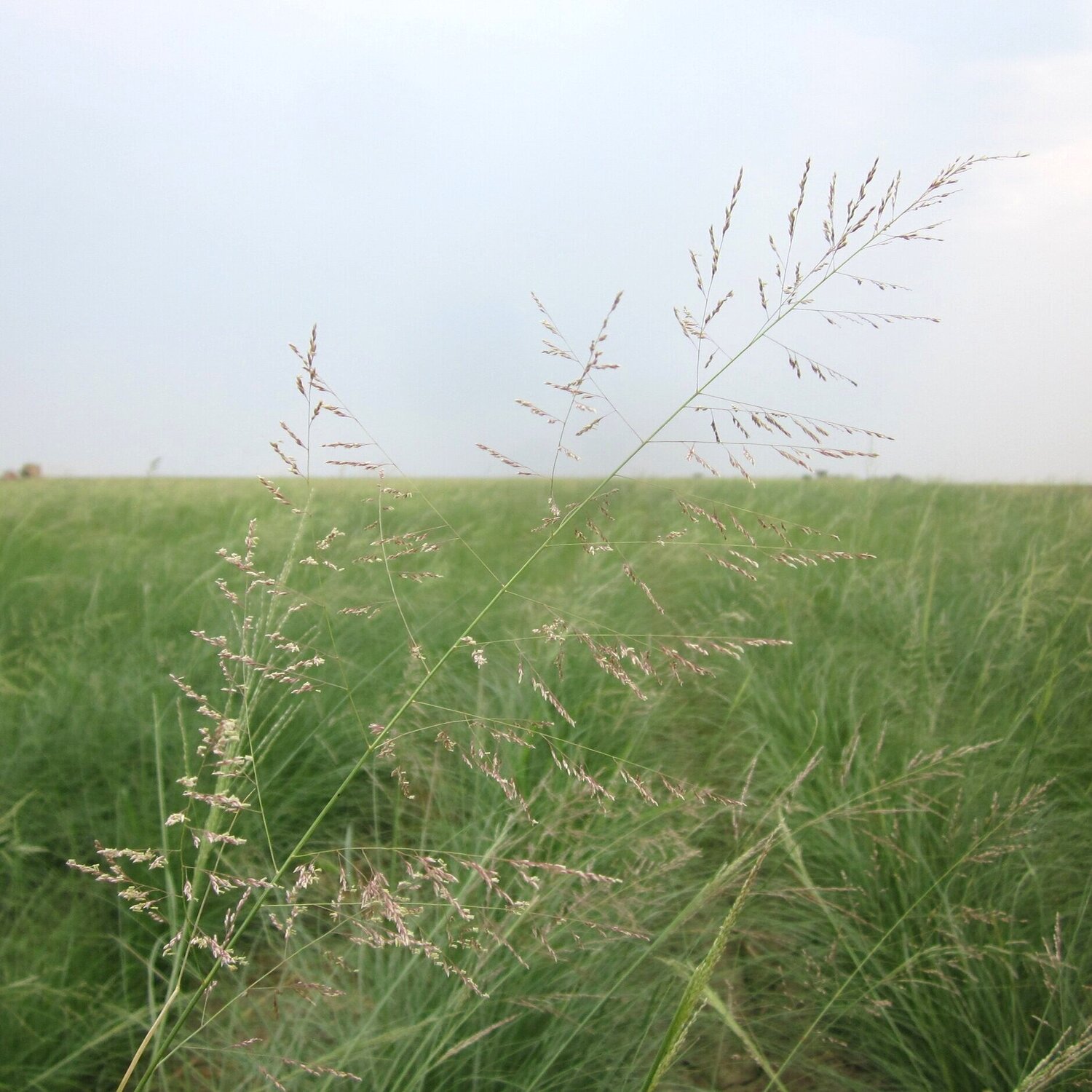
Alkali sacaton
Sporobolus airoides
Warm season, perennial bunchgrass with an extensive fibrous root system. Performs best on deep, moist, fine textured soils but will persist on coarser soils on dry sites. Tolerant of a wide range of s...
- Growing Region: Intermountain West, Southwest, Pacific Northwest, California
- Blooms:
- Life Form: Grass
- Application Type: Land Reclamation, Habitat Restoration
- Height: 1-4 ft
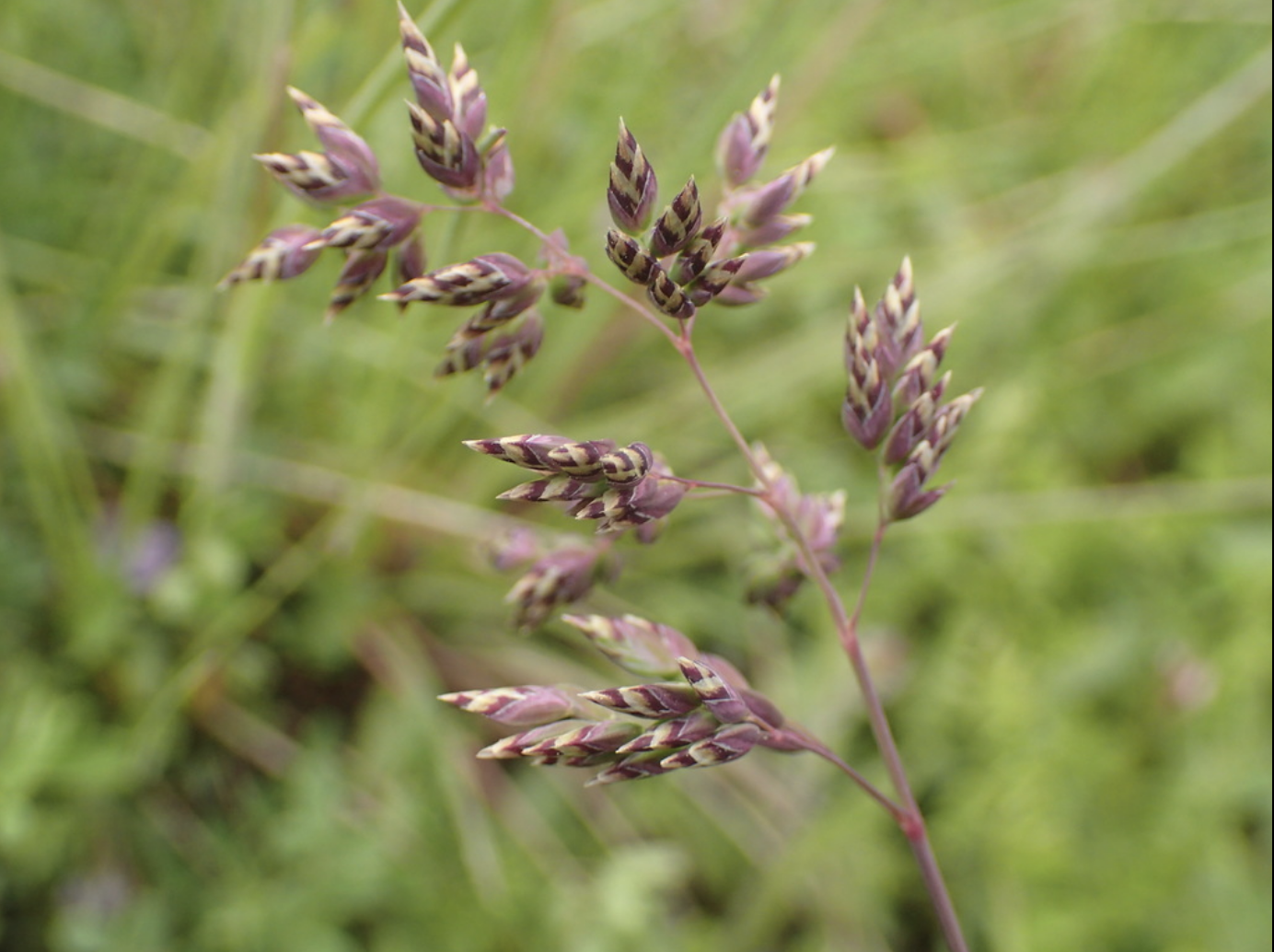
Alpine bluegrass
Poa alpina
Short, densely tufted, cool season perennial bunchgrass adapted to subalpine and alpine slopes and meadows. Wide variety of soils from clay to gravel. Leaves form a dense mat providing good soil cover...
- Growing Region: Intermountain West, Pacific Northwest
- Blooms:
- Life Form: Grass
- Application Type: Land Reclamation, Habitat Restoration
- Height: 1-2 ft
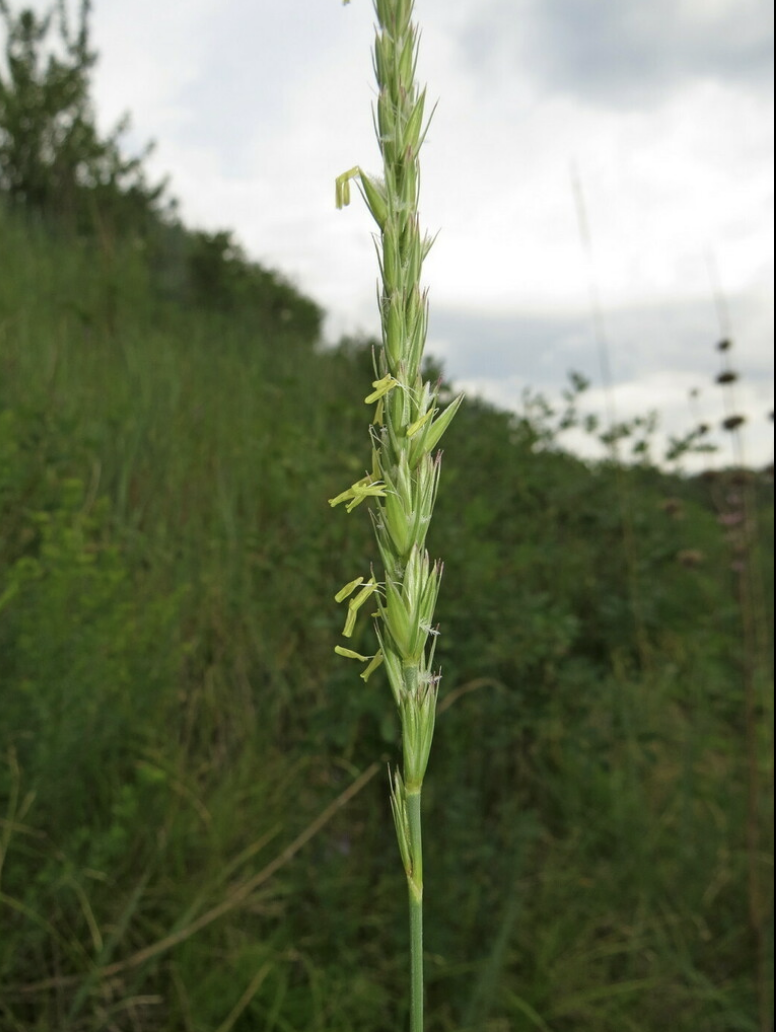
Altai wildrye
Leymus angustus
Formerly Elymus angustus. Robust, Cool season, long-lived, perennial bunchgrass with short creeping rhizomes. Well adapted to loam and clay soils, drought tolerant and extremely salt and alkaline resi...
- Growing Region: Pacific Northwest, Intermountain West
- Blooms:
- Life Form: Grass
- Application Type: Erosion Control, Land Reclamation
- Height: 1-4 ft
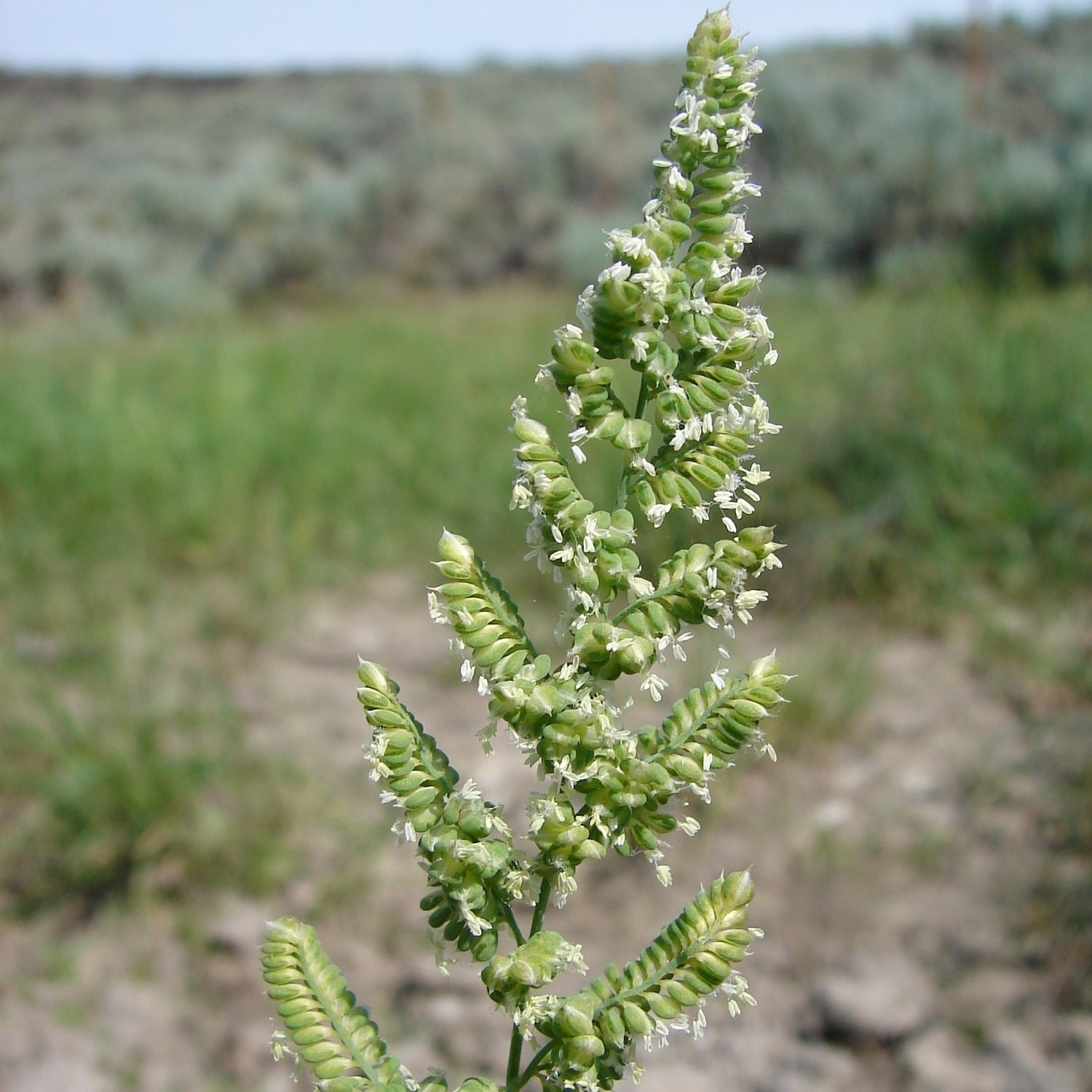
American sloughgrass
Beckmannia syzigachne
Cool season, robust annual or short-lived perennial that may develop short rhizomes. Commonly occurs on wet sites such as ponds, swamps, ditch banks, shallow marshes and sloughs. Prefers clay soils; t...
- Growing Region: Midwest, Intermountain West, Pacific Northwest
- Blooms:
- Life Form: Grass
- Application Type: Land Reclamation, Erosion Control, Habitat Restoration, Forage and Pasture
- Height: 1-3 ft
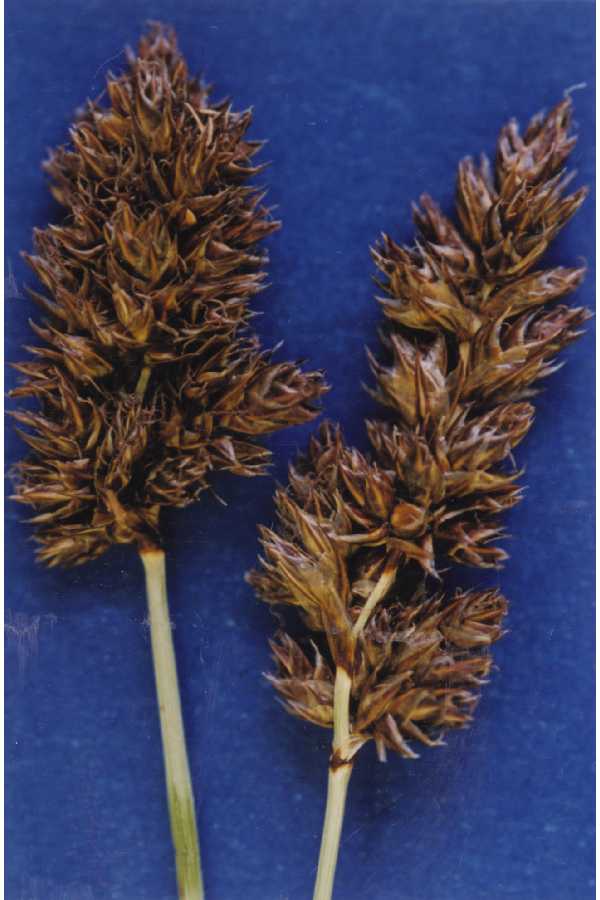
Analogue sedge
Carex simulata
Cool season, rhizomatous, native perennial grasslike common in many western states. Occurs in saturated soils of wet meadows and springs, from foothills to moderate elevations up to 9,000 ft. Often fo...
- Growing Region: Intermountain West, Pacific Northwest
- Blooms:
- Life Form: Grass
- Application Type: Land Reclamation, Erosion Control, Habitat Restoration
- Height: 1-3 ft
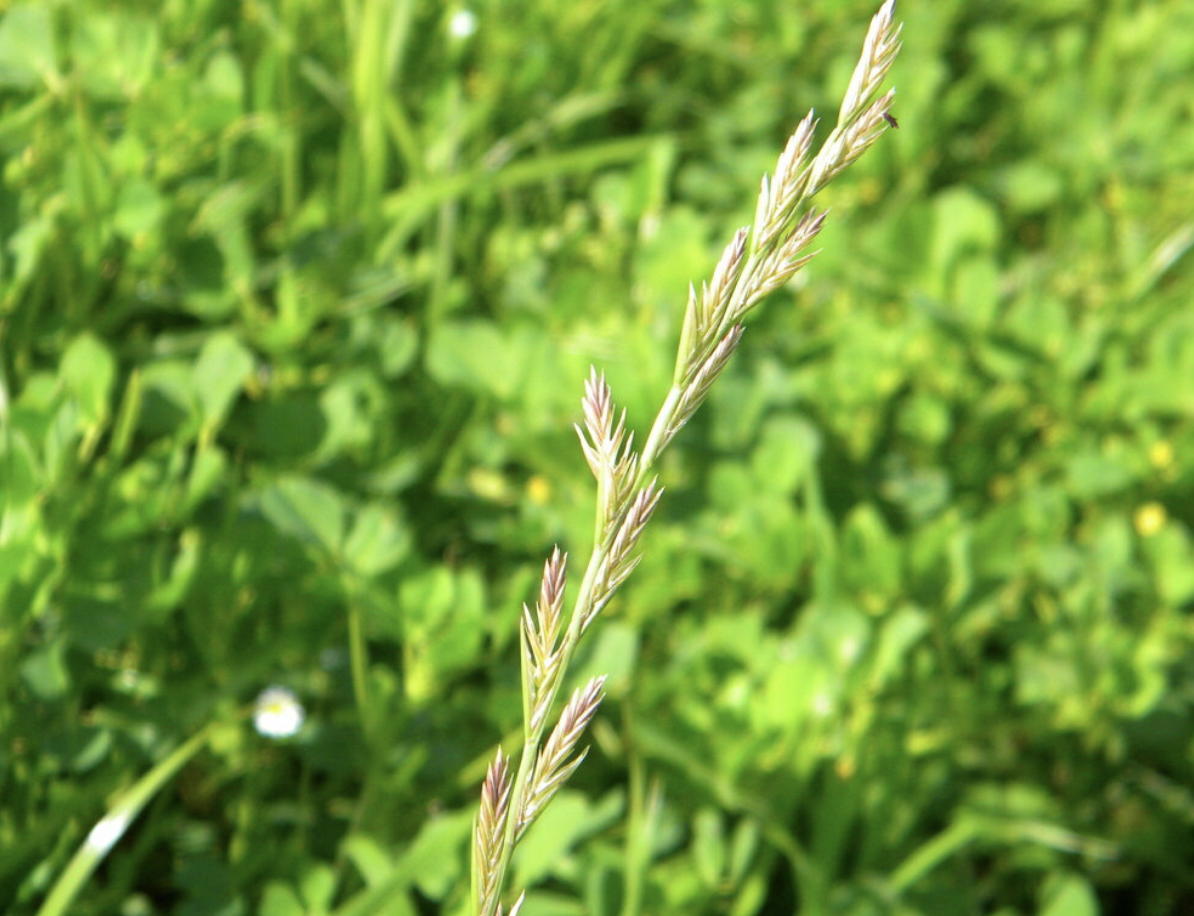
Annual ryegrass
Lolium perenne ssp. multiflorum
Annual Ryegrass is an introduced, cool season bunchgrass and is commonly used alone for establishing quick cover for many applications. This versatile, very fast establishing grass is highly adaptable...
- Growing Region: Midwest, Intermountain West, Southeast, California, Pacific Northwest
- Blooms:
- Life Form: Grass
- Application Type: Land Reclamation, Erosion Control, Commercial Beautification, Turf, Cover Crop, Forage and Pasture
- Height: 1-3 ft

Arizona cottontop
Digitaria californica
Formerly Trichachne californica. Warm season, very drought tolerant, perennial bunchgrass adapted to deep well-drained soils. Rarely found in pure stands. Will repeatedly go to seed throughout the gro...
- Growing Region: Southwest, Intermountain West
- Blooms:
- Life Form: Grass
- Application Type: Commercial Beautification, Land Reclamation, Forage and Pasture
- Height: 1-2 ft
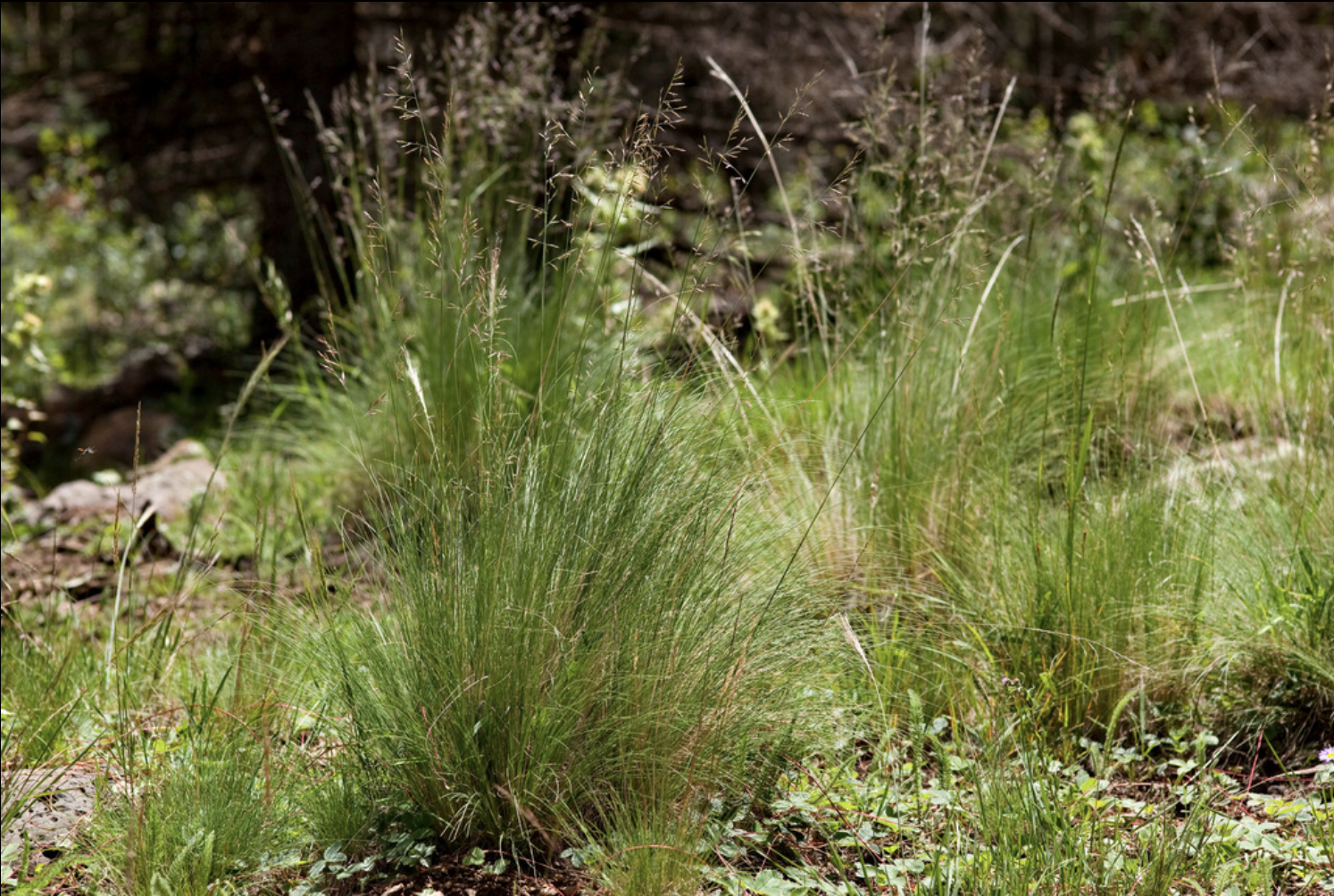
Arizona fescue
Festuca arizonica
Cool season, drought tolerant perennial bunchgrass with a coarse, dense fibrous root system. Most commonly found on thin, heavy soils but also occurs on deeper, coarser sites, often in association wit...
- Growing Region: Southwest, Intermountain West
- Blooms:
- Life Form: Grass
- Application Type: Erosion Control, Land Reclamation, Habitat Restoration, Forage and Pasture
- Height: 1-2 ft
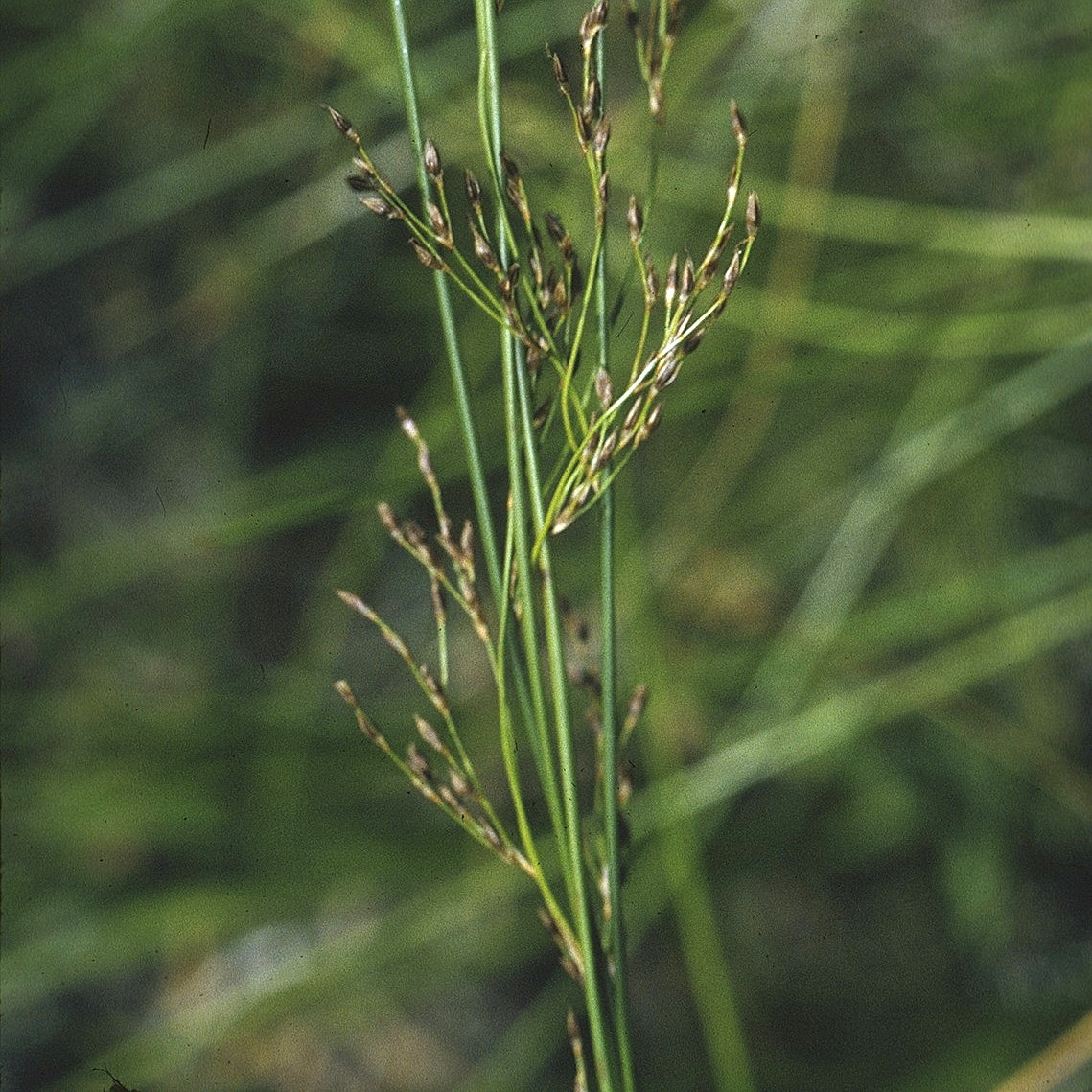
Baltic rush
Juncus balticus
Cool season, sod-forming, riparian native perennial grasslike. Occurs from deserts to subalpine zones, on saline or alkaline soils. Widely distributed, often found as a community dominant. Excellent f...
- Growing Region: Pacific Northwest, Midwest, California, Intermountain West
- Blooms:
- Life Form: Grass
- Application Type: Land Reclamation
- Height: 1-2 ft
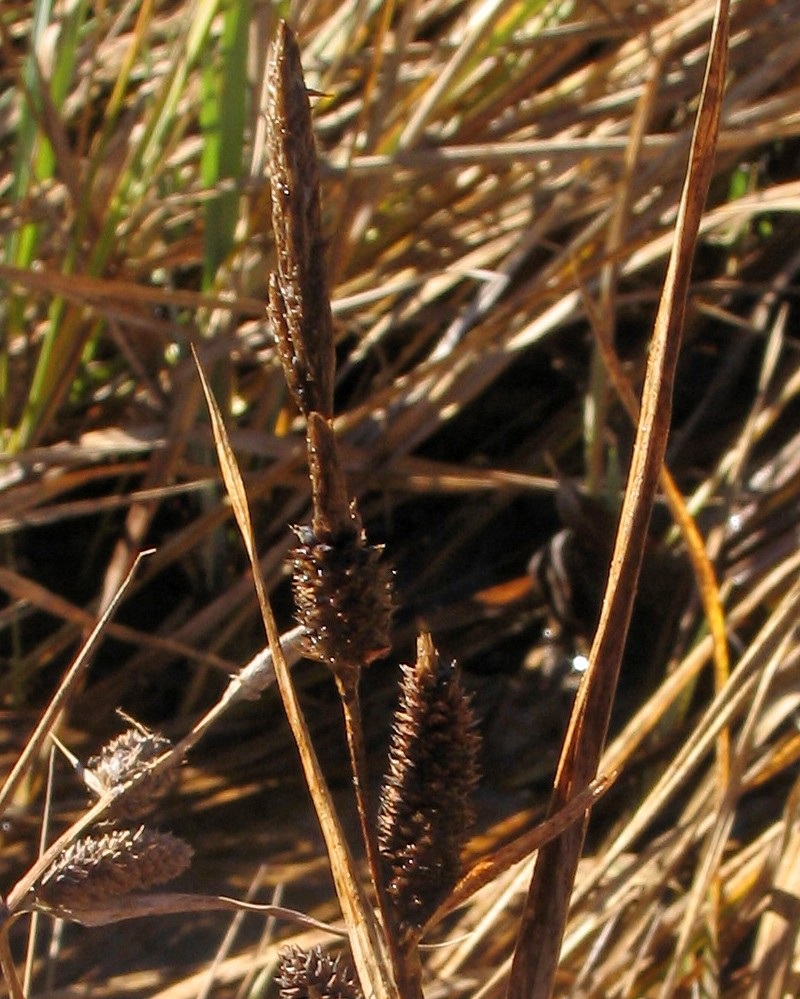
Beaked sedge
Carex utriculata
Formerly Carex rostrata. Cool season, strongly rhizomatous, native perennial grasslike. Forms large, dense stands in shallow water or wet soils around waterways and sometimes in wet meadows, from low...
- Growing Region: Pacific Northwest, Intermountain West
- Blooms:
- Life Form: Grass
- Application Type: Land Reclamation, Habitat Restoration
- Height: 1-2 ft
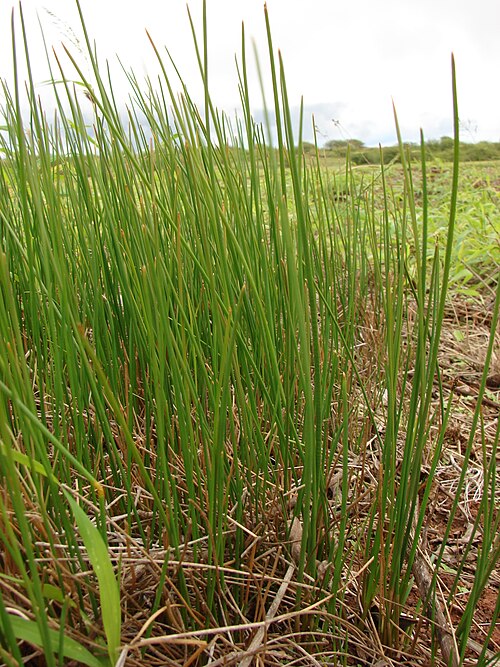
Beaked spikerush
Eleocharis rostellata
This is a perennial grass-like sedge that grows between 1 to 3 feet tall. It is commonly used in wetland restoration projects. This plant prefers full sun and grows in wet, marshy soils, often found i...
- Growing Region: Pacific Northwest, Intermountain West, California
- Blooms:
- Life Form: Grass
- Application Type: Commercial Beautification, Land Reclamation
- Height: 1-2 ft
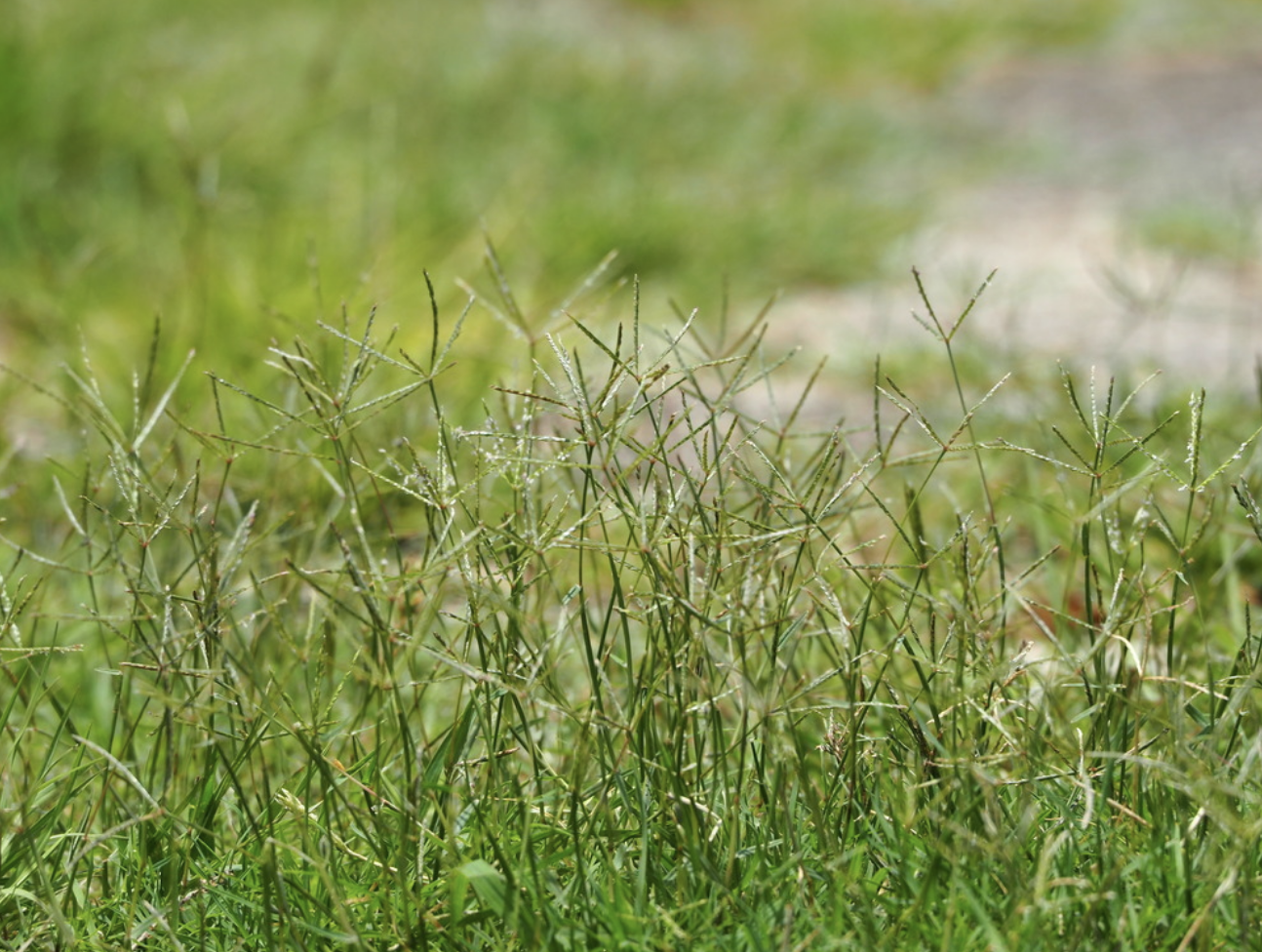
Bermudagrass
Cynodon dactylon
Warm season, long-lived, perennial that spreads from rhizomes and stolons forming dense patches. Adapted to a wide variety of sites, including saline soils. Widely used for erosion control and as high...
- Growing Region: Midwest, Intermountain West, Southeast, Southwest, California, Pacific Northwest, North America
- Blooms:
- Life Form: Grass
- Application Type: Land Reclamation, Erosion Control, Commercial Beautification, Turf
- Height: 1-2 ft
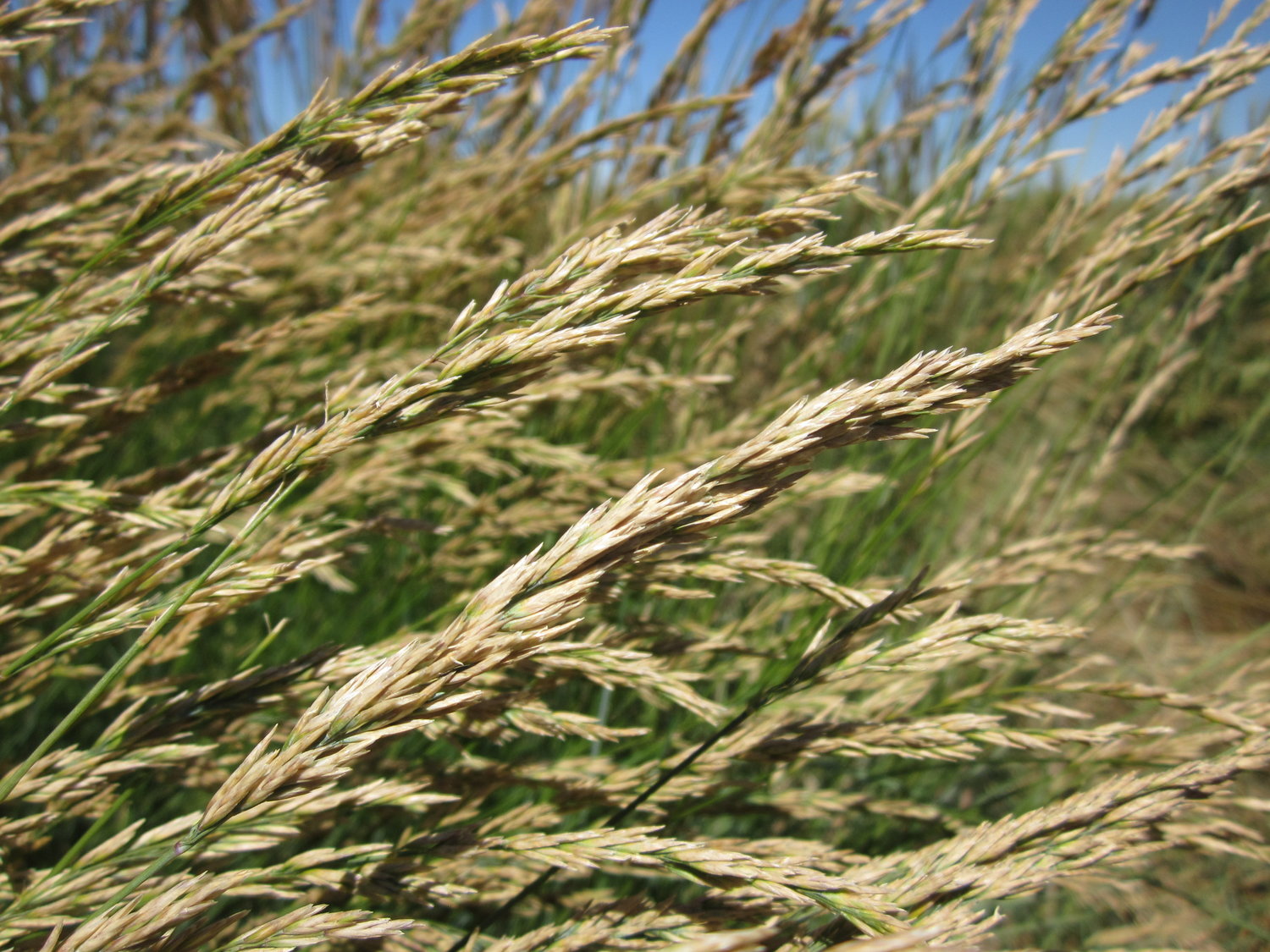
Big bluegrass
Poa secunda ssp. ampla
Formerly Poa ampla. Robust, Cool season, perennial bunchgrass with a shallow fibrous root system, sometimes spreading by short rhizomes. Occurs on a variety of sites but is intolerant of poorly draine...
- Growing Region: Pacific Northwest, Intermountain West, California
- Blooms:
- Life Form: Grass
- Application Type: Land Reclamation, Habitat Restoration, Forage and Pasture
- Height: 1-2 ft
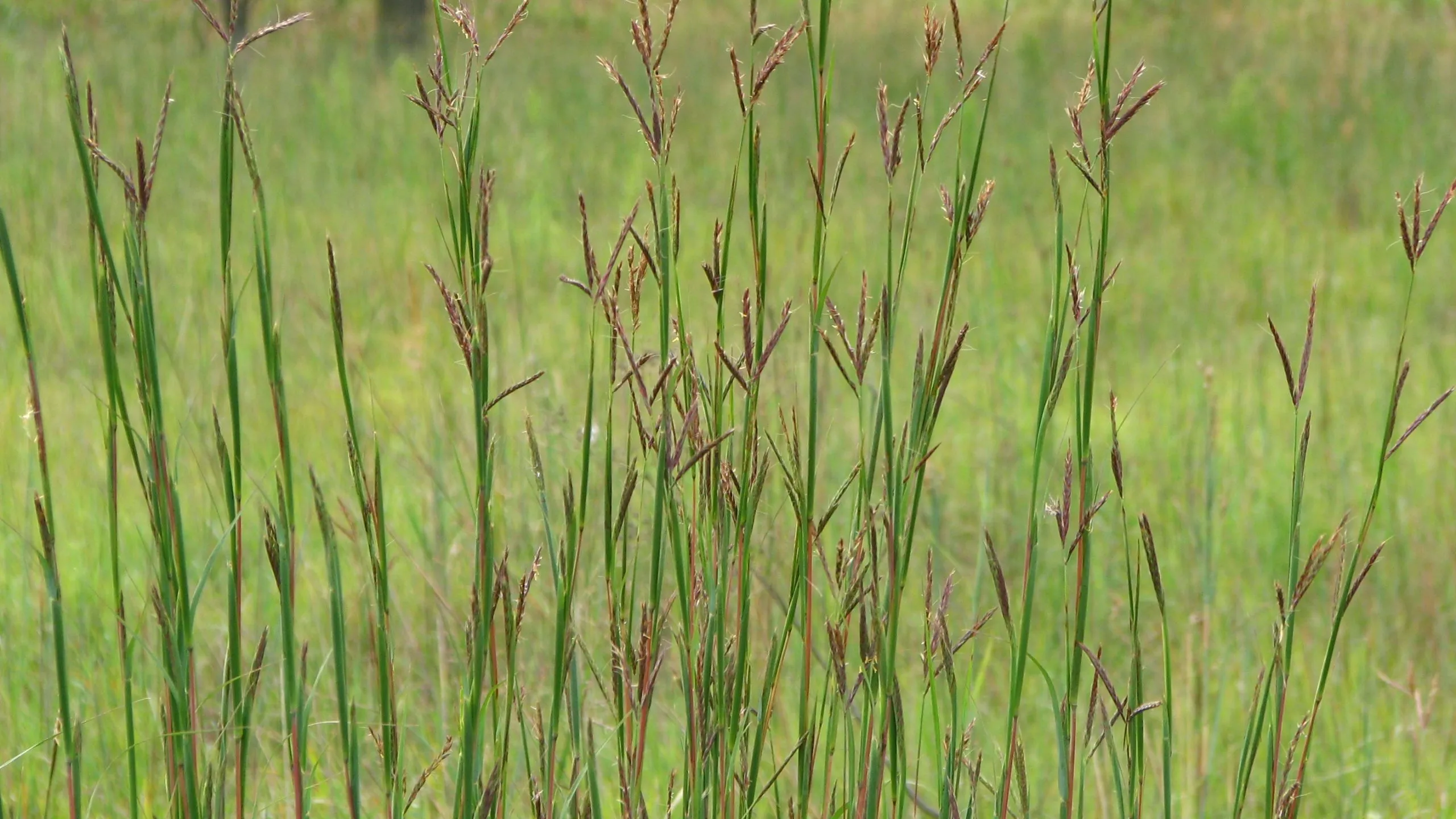
Big bluestem
Andropogon gerardii
Big Bluestem is a warm season, bunch sod-former. It is a tall grass that is long-lived that is mostly found east of the Rocky Mountains.Star Seed offers several improved varieties including Bonilla,...
- Growing Region: Midwest, Intermountain West
- Blooms:
- Life Form: Grass
- Application Type: Erosion Control, Land Reclamation, Forage and Pasture
- Height: 1-4 ft